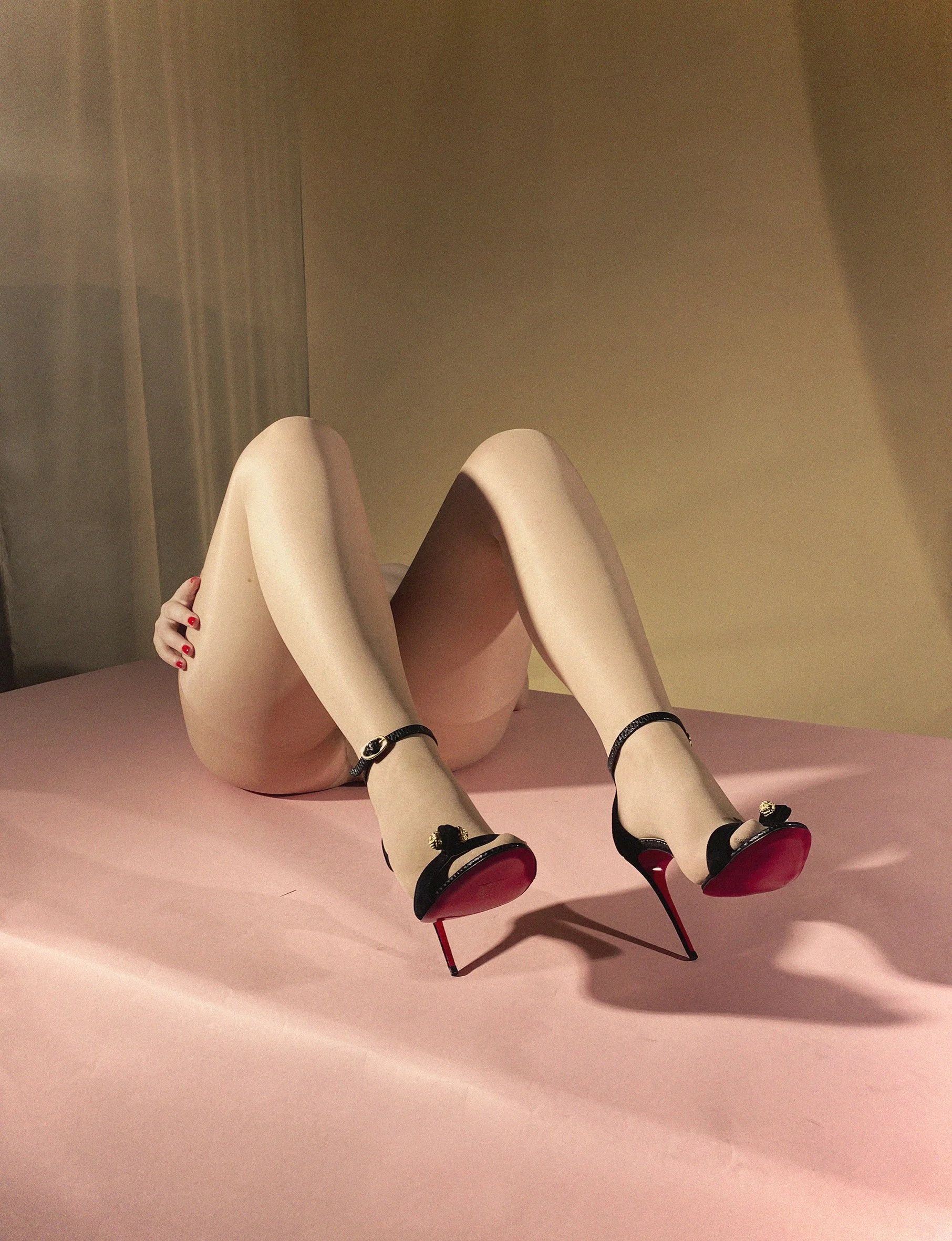Exhibition Review: Paul Strand | The Balance of Forces
© Fondation Henri Cartier-Bresson
Written by Wenjie (Demi) Zhao
Photo Edited by Athena Abdien
Copy Edited by Kee’nan Haggen
Paul Strand, a trailblazer in straight photography and one of the most influential photographers of the 20th century, has once again captivated audiences with his latest exhibition, The Balance of Forces, housed at the esteemed Henri Cartier-Bresson Foundation. In the past two months, from February 14 to April 23, the collection unfolded in Paris’ third arrondissement, showcasing a carefully curated selection of Strand’s works, ranging from his early experiments in New York to his later ventures capturing landscapes and portraits across the globe. With an impressive collection of 120 prints from the Fundación MAPFRE, Madrid, the film Manhatta (1921) created by Paul Strand and Charles Sheeler, and several prints on loan from the Centre Pompidou, this exhibition provided an all-encompassing insight into Strand’s artistic evolution.
© Fondation Henri Cartier-Bresson
The exhibition’s title, The Balance of Forces, aptly encapsulates the essence of Paul Strand’s photography, delving into the intricate equilibrium between opposing elements within his subjects and compositions. Whether capturing the tension between light and shadow, the juxtaposition of urban and rural environments, or the interplay between form and content, Strand’s work consistently seeks to unveil the intricate balance amidst these opposing forces.
As one progresses through the exhibition, Strand’s rural life series starkly contrasts his urban photographs. Images like “The Lusetti Family, Luzzara, Italy” (1953) showcases Strand’s ability to find beauty and meaning in the everyday. Strand achieves a delicate balance between form and content in these works, evoking a sense of visually and emotionally resonant harmony. As an unswerving proponent of straight photography, Strand endeavored to capture the world as it is, with sharp focus, great detail, and accurate tonality. The essence of photography unravels through its ability to document reality with unparalleled precision and clarity, distinguishing it from other art forms.
© Fondation Henri Cartier-Bresson
© Fondation Henri Cartier-Bresson
The portraiture section of the exhibition is equally compelling. Strand’s sensitivity to his subjects and desire to capture their essence comes to the fore. Images such as “Young Boy, Gondeville, Charente, France and “Anna Attinga Frafra, Accra, Ghana” (1951) reveal Strand’s discerning eye for the subtleties of human expression. These intimate portraits, rendered with meticulous detail and rich tonality, serve as powerful meditations on the universality of the human experience.
© Fondation Henri Cartier-Bresson
Through his unwavering commitment to the principles of straight photography, Strand has left an indelible mark on the history of the medium, challenging and inspiring generations of photographers to follow. In an era marked by an overwhelming proliferation of images, Strand’s photographs stand apart for their ability to transcend time and place, capturing the essence of the human experience in all its complexity. From Italy to France, Vermont, Ghana, New Mexico, and returning to New York, The Balance of Forces serves as a poignant reminder of Paul Strand’s artistic language and photography’s power to evoke emotion, provoke thought, and reveal the intricate web of connections that bind us all.
© Fondation Henri Cartier-Bresson
For more information, visit Henri Cartier-Bresson Foundation’s website.







